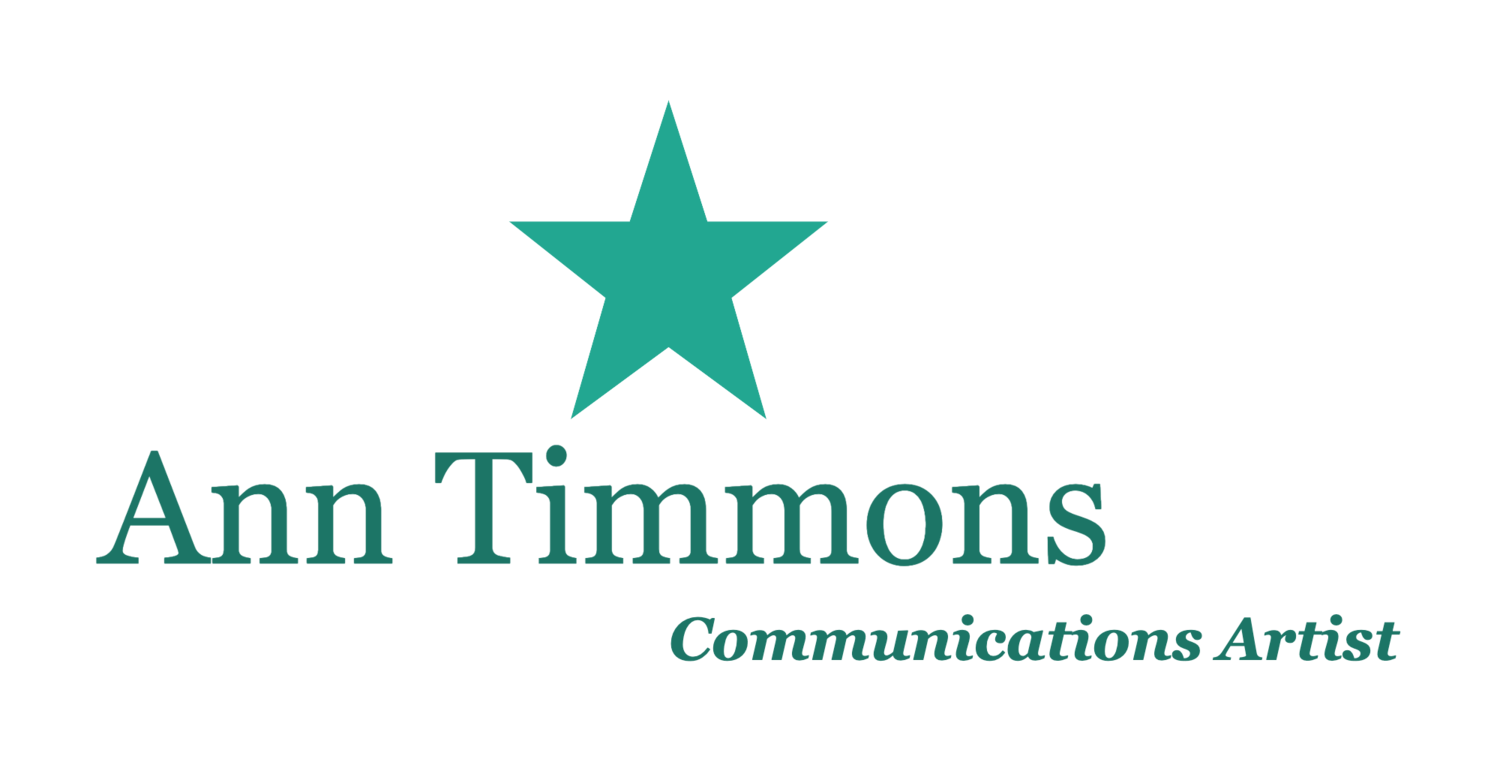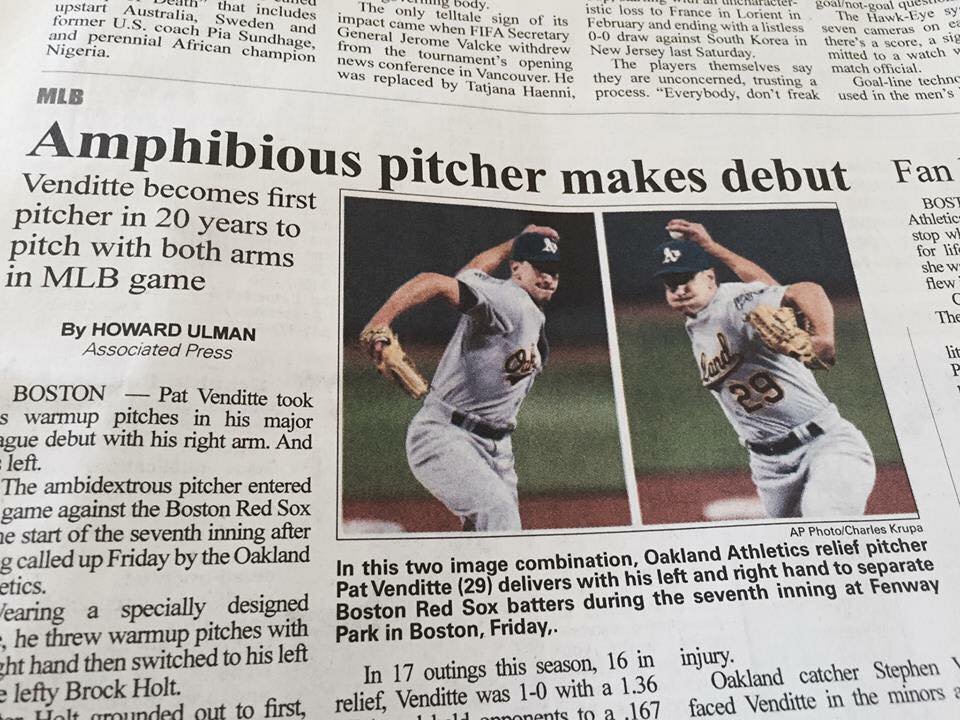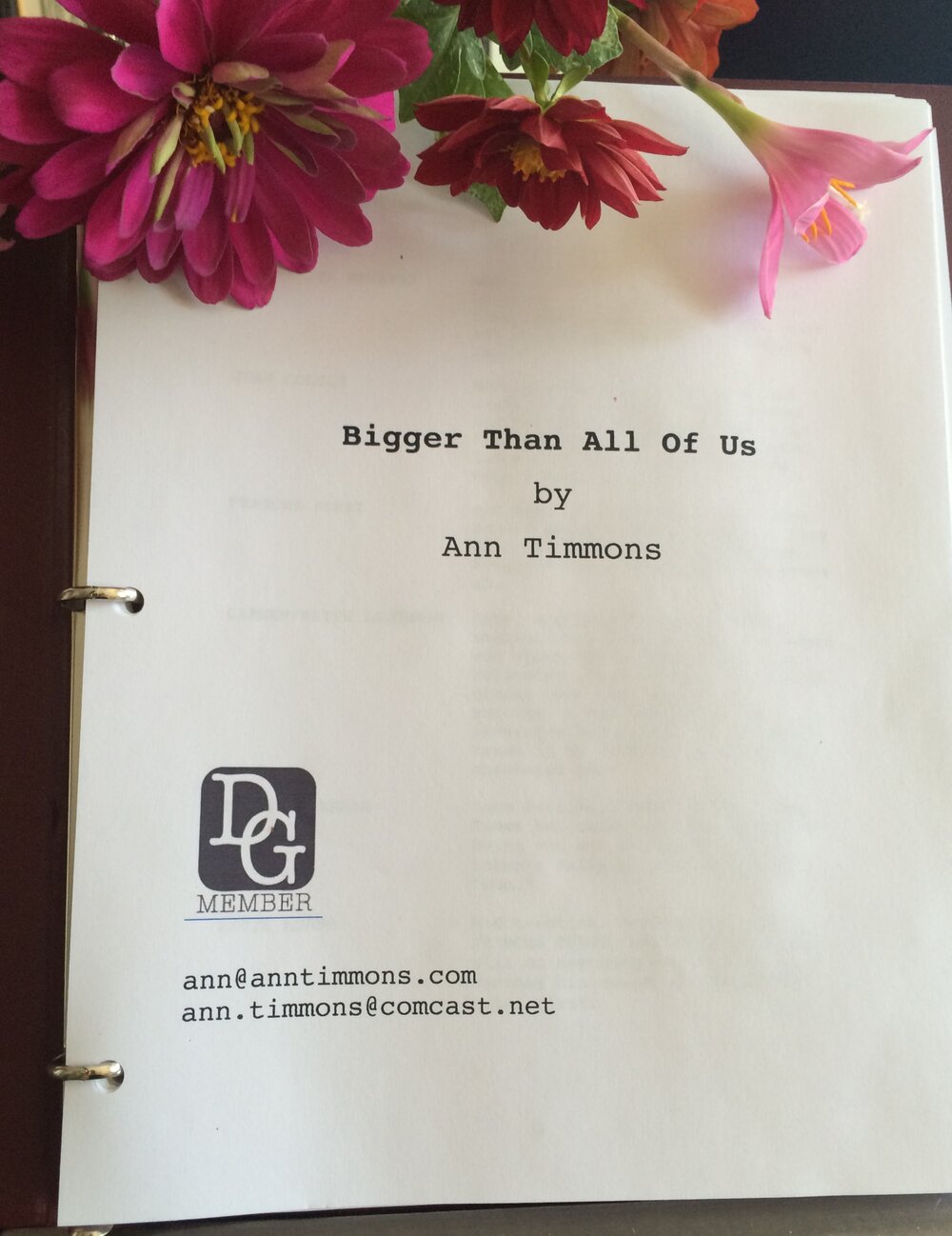 I know my habits are often out of fashion. I am not instant-this or quick-that. And I have never striven to "fail fast." No, my approach to getting things done is more along the lines of "If something is worth doing, it's worth doing well," and "Slow and steady wins the race." So I applauded a story on NPR this weekend giving students a tip for better learning: take your notes by hand rather than typing on a tablet or laptop. The story had a familiar ring to it; I looked it up and recalled reading the article two years ago when it was published in the journal Psychological Science. But the conclusions still stand, and in the period since the science has been done, I am sure thousands of students have migrated from pen-and-paper note-taking to typing. The students who still engage in the former, however, are learning more. Pamela Mueller, one of the researchers, explained it this way in the NPR story, "When people type their notes, they have this tendency to try to take verbatim notes and write down as much of the lecture as they can. The students who were taking longhand notes in our studies were forced to be more selective — because you can't write as fast as you can type. And that extra processing of the material that they were doing benefited them."
I know my habits are often out of fashion. I am not instant-this or quick-that. And I have never striven to "fail fast." No, my approach to getting things done is more along the lines of "If something is worth doing, it's worth doing well," and "Slow and steady wins the race." So I applauded a story on NPR this weekend giving students a tip for better learning: take your notes by hand rather than typing on a tablet or laptop. The story had a familiar ring to it; I looked it up and recalled reading the article two years ago when it was published in the journal Psychological Science. But the conclusions still stand, and in the period since the science has been done, I am sure thousands of students have migrated from pen-and-paper note-taking to typing. The students who still engage in the former, however, are learning more. Pamela Mueller, one of the researchers, explained it this way in the NPR story, "When people type their notes, they have this tendency to try to take verbatim notes and write down as much of the lecture as they can. The students who were taking longhand notes in our studies were forced to be more selective — because you can't write as fast as you can type. And that extra processing of the material that they were doing benefited them."
Another article that vindicated my old-school way of doing things appeared in Sunday's New York Times, "Sorry, You Can't Speed Read." I have always been a fairly fast reader, but never for a second desired to become a lightening-fast one, even though many people have said it has increased their productivity. In this article Jeffrey M. Zacks and Rebecca Treiman conclude that in mastering the technique used in speed-reading (gathering lots of visual information quickly), language comprehension suffers. I relish losing myself in a good story, or teasing out the strands of an author's argument, so I don't like to rush. But if I do speed through the last two pages of a chapter--if I am keeping someone waiting, for example--I have to go back and reread them. Why do I even bother? As Zacks and Treiman note in their op-ed, "If you want to improve your reading speed, your best bet — as old-fashioned as it sounds — is to read a wide variety of written material and to expand your vocabulary."
Old-fashioned. Yep. That's why I also insist my clients practice their speeches for best results. More than once or twice. In an insta-world where easy gratification all too often comes at the speed of light (or pressing of a button), there are some processes where short cuts just don't cut it. Like fast fashion or disposable decor, shortcuts to effective communication result in messaging that is "here today, gone tomorrow." If you want anything to stick--lessons learned, books read, or speeches delivered--you just have to put in the time.
Illustration: "Sea Tortoises Coming Ashore by Night" by Charles Livingston Bull,
courtesy Library of Congress




















